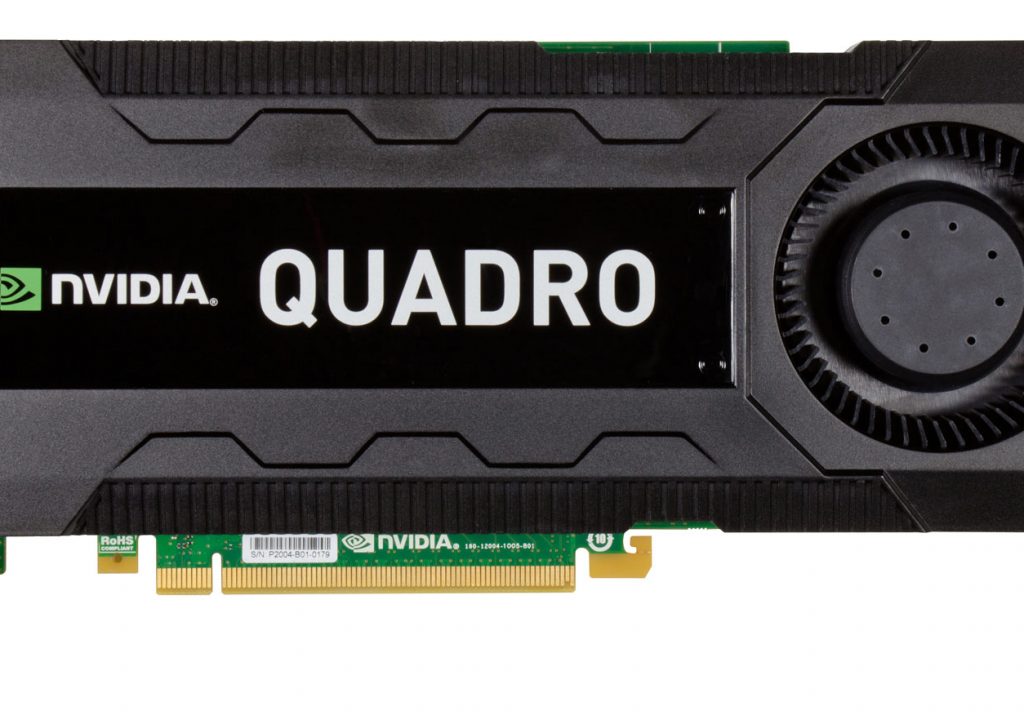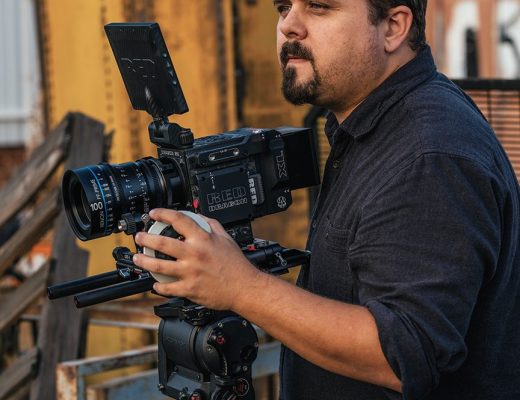Over the course of the last two years, Adobe Premiere Pro, my NLE of choice, has made it easier than ever to leverage the power of the GPU. Being a PC user, my CPU and amount memory was my primary concern. However, my focus shifted to finding the perfect GPU that would work in harmony with my system and improve the speed and efficiency of my post workflow.
Initially, GPUs designed for gaming were the most attractive. These GPUs harnessed the power of NVIDIA technology but were made by other manufacturers. Although they were made specifically to handle the complex graphics of gaming, their strength seemed to be handling bursts, such as a brief but complex scene in a game rather than handling a steady flow of activity one might expect from rendering video. The results were system crashes during longer renders. For short projects the gaming GPUs were fine, but for larger projects, the results were less than desirable. When one considers the amount of time lost for restarting and reloading due to system crashes, it becomes a matter of necessity to find a better solution.
Overclocking
It might strike some as odd that a 4GB GPU sports similar specs as a variety of other GPUs on the market which cost a mere fraction of the K5000. The key here is that specs don’t tell the whole story. I had an opportunity to visit with NVIDIA's Technical Marketing Manager Sean Kilbride, who explained further. According to Kilbride, unlike Quadro boards which are designed and built by NVIDIA, consumer level boards are designed and built by board partners to varying specifications. This results in a variety of products using NVIDIA technology,and the quality of the components used can vary depending on the manufacturer. In addition, some versions of these gaming GPUs are overclocked by the manufacturer, overclocking is the process of running the GPU at a higher clock rate (more clock cycles per second) than it was designed for. While Overclocking the GPU can increase overall performance it can also lead to system instability which can result in system crashes usually caused by power drains on the system or overheating of the GPU.
Enter the NVIDIA Quadro K5000
The NVIDIA Quadro not only leverages NVIDIA technology, but it is also designed and manufactured by NVIDIA. According to Kilbride, the fact that NVIDIA actually manufactures the K5000 allows them to insure that all of the components and technology work together to provide smooth and steady performance without overclocking or pushing the hardware beyond its bounds. The end result is unmatched consistent performance. The K5000’s consistency is its power, and for more it meant editing and rendering at a quick pace without any crashes or failures.
My Experience
Over the course of six months, I’ve used the K5000 replacing my EVGA GeForce GTX 660. Again, this card supported Adobe’s Mercury Playback Engine however, it was prone to crash during long renders. When it crashed, it crashed the entire system. Initially, my work around would be to export projects in pieces and then reassemble those pieces in another sequence. Since there were no effects to render and there was no transcoding involved, this worked ok, but it was far from ideal. If this wasn’t effective, or for rendering sequences heavily laden with effects, I would disengage the Mercury Playback Engine’s hardware accelerator. This would only engage the CPU and memory, which would work but slow down the process considerably.
Once I started using the NVIDIA Quadro K5000 I noticed a considerable difference for the better. After installation, I had to manually go into Adobe Premiere and alter a text file suffix from .txt to .txt.x. With that Premiere Pro recognized the card. Then I started rendering and exporting files, and I saw change in render and export speed immediately. While the speed change wasn’t dramatic, however from that time moving forward, I did not experience any crashing. I feel very strongly it was due to the K5000's consistency that processed renders quickly but without destabilizing my entire system.
Of course there is a significant price increase in the K5000 in comparison with other cards with similar specs. However, the stability the K5000 offers is priceless. The end result is more working, less crashing and no troubleshooting the system. For this reason, I highly recommend the NVIDIA Quadro K5000 for anyone looking quick, reliable and stable graphics processing.
For more information about the NVIDIA Quadro K5000, go to their website at: nvidia.com
Here is more from NVIDIA:
The NVIDIA Quadro K5000 GPU leverages the new NVIDIA Kepler™
architecture to deliver the world’s most compatible and power efficient
solution for accelerating professional applications.
QUAD!DISPLAY SUPPORT All-new display engine drives up to four displays simultaneously and fully supports the next-generation DisplayPort 1.2 standard capable of resolutions up to 3840×2160. This makes it easy to deploy multiple displays across a desktop, build an expansive digital signage wall, or create a sophisticated stereoscopic 3D CAVE environment.

Filmtools
Filmmakers go-to destination for pre-production, production & post production equipment!
Shop Now













